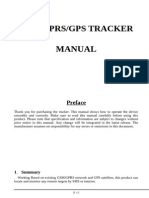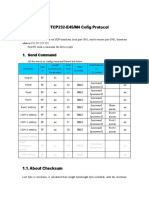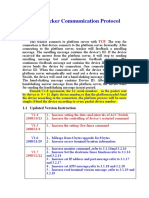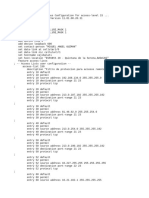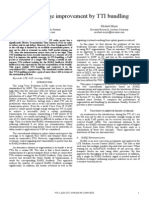0% found this document useful (0 votes)
56 views4 pagesEjoin Http-Ussd API v1.1
The document describes a method for sending USSD commands to a device via an HTTP GET request, detailing the required URL parameters such as username, password, port, and ussd command. It outlines the expected HTTP response format, including JSON data with properties like return code and reason for success or failure. Examples are provided to illustrate how to send a USSD command and retrieve available ports from the device.
Uploaded by
loycossouCopyright
© © All Rights Reserved
We take content rights seriously. If you suspect this is your content, claim it here.
Available Formats
Download as PDF, TXT or read online on Scribd
0% found this document useful (0 votes)
56 views4 pagesEjoin Http-Ussd API v1.1
The document describes a method for sending USSD commands to a device via an HTTP GET request, detailing the required URL parameters such as username, password, port, and ussd command. It outlines the expected HTTP response format, including JSON data with properties like return code and reason for success or failure. Examples are provided to illustrate how to send a USSD command and retrieve available ports from the device.
Uploaded by
loycossouCopyright
© © All Rights Reserved
We take content rights seriously. If you suspect this is your content, claim it here.
Available Formats
Download as PDF, TXT or read online on Scribd
/ 4




